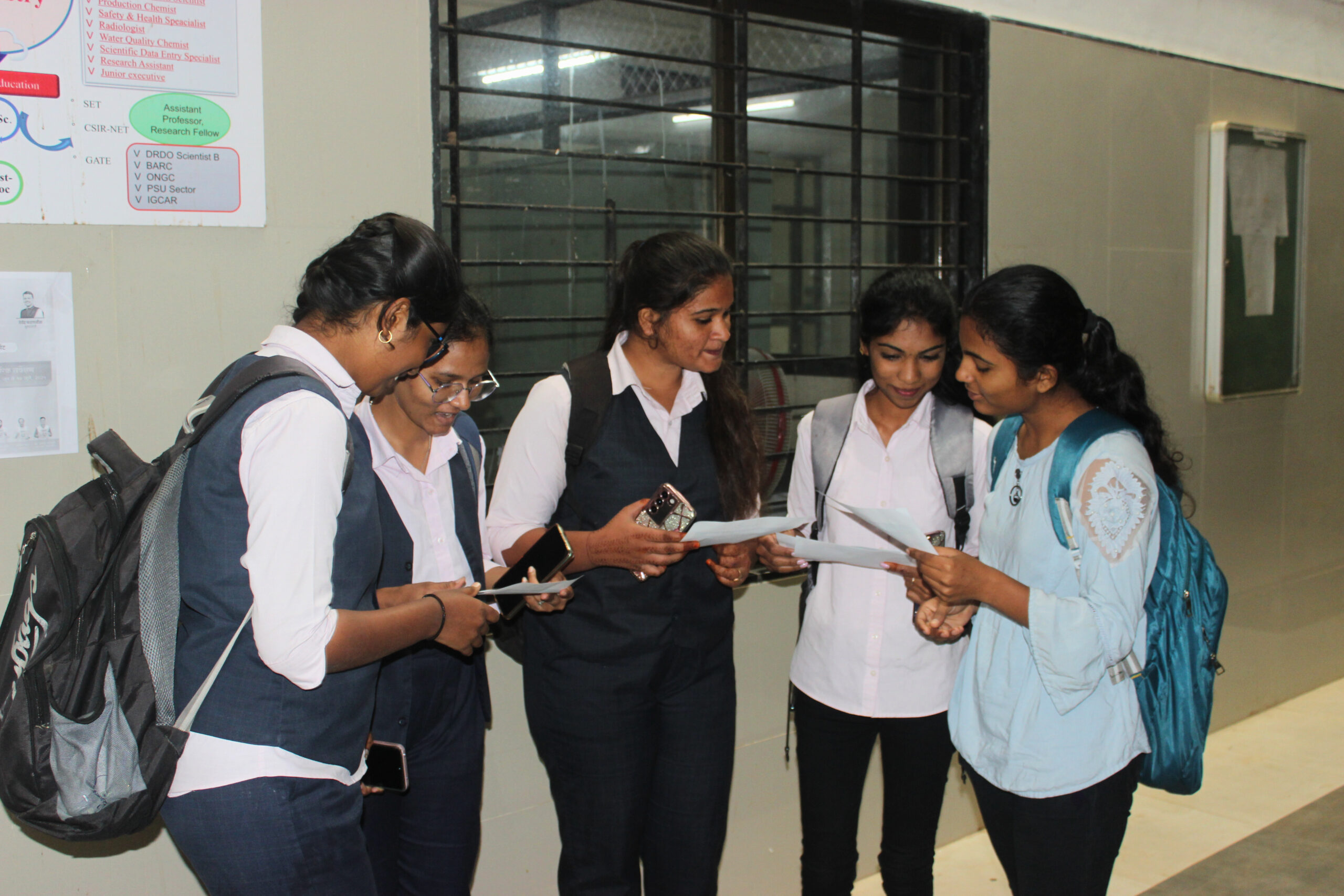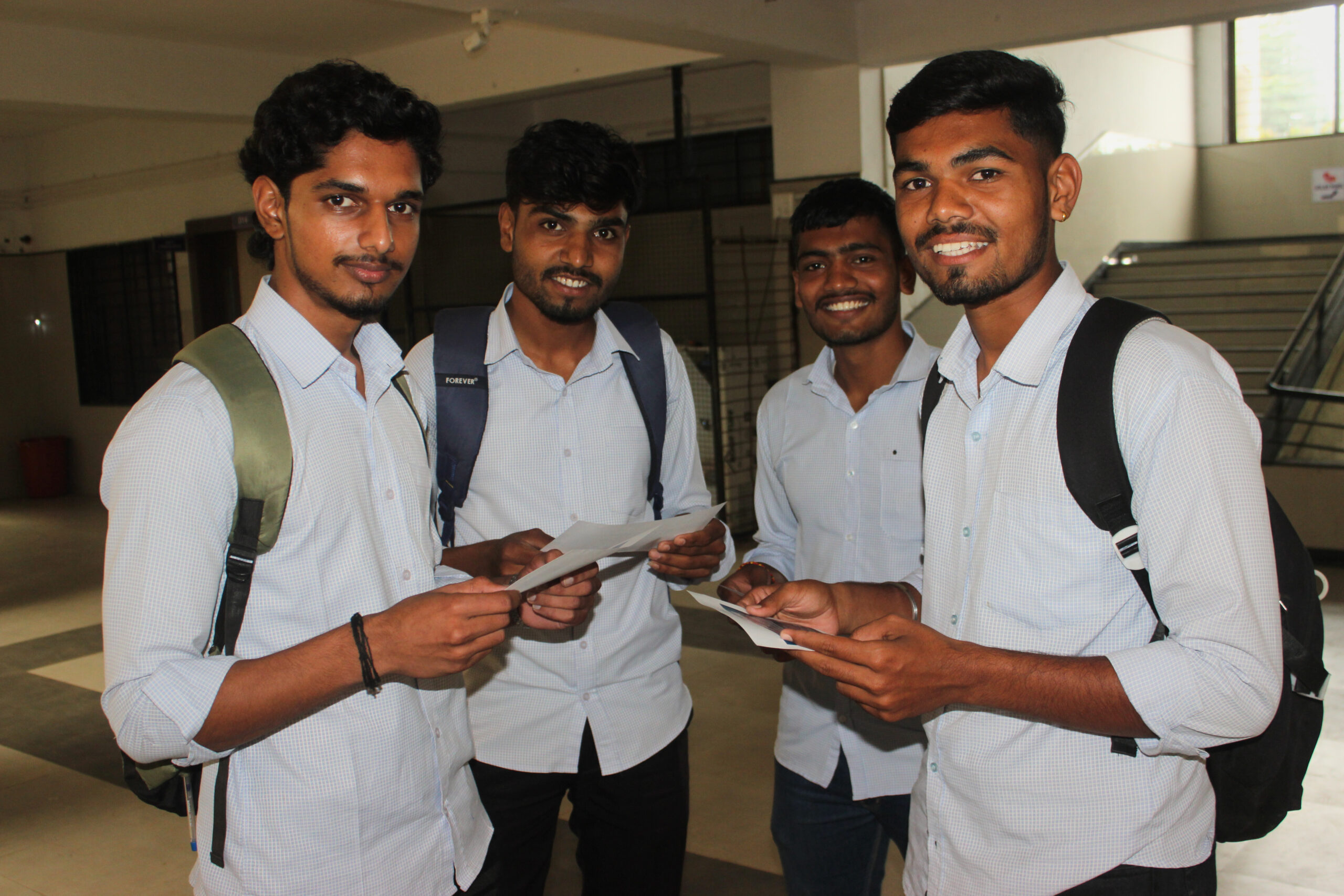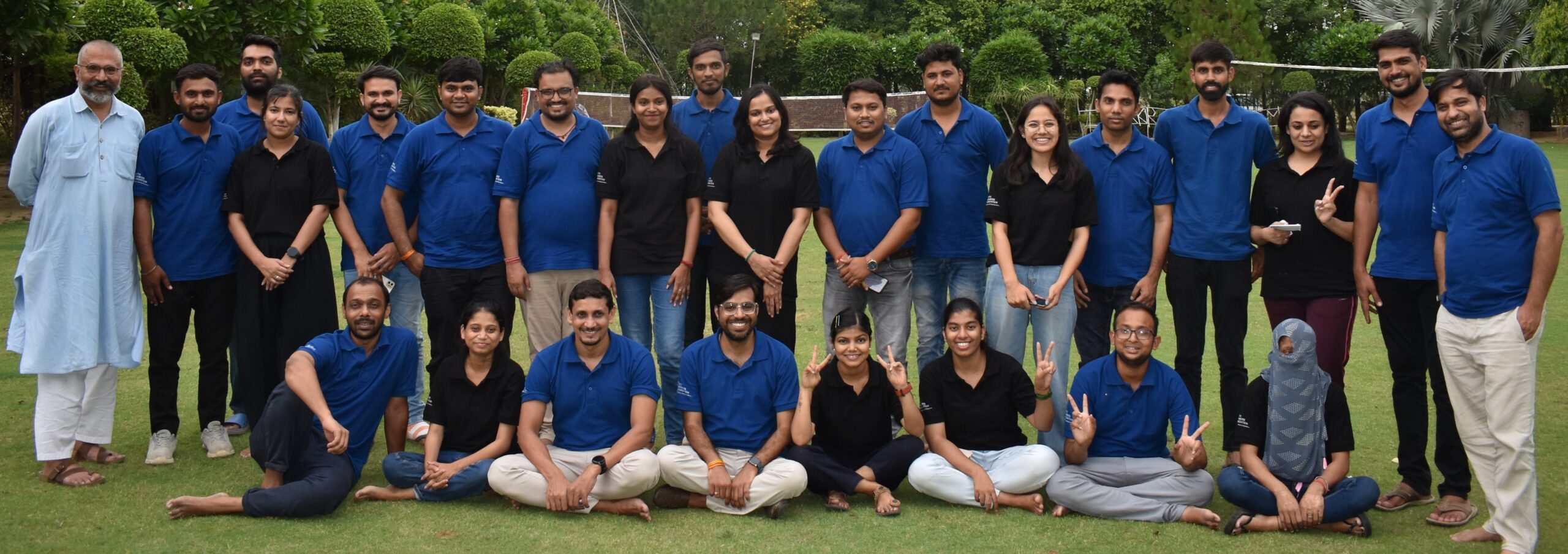The Education Crisis in India
Access vs. Opportunity
While India has made strides in primary school enrollment, the path to quality higher education remains blocked for millions. Students from marginalized communities face a steep uphill battle, with only 5% of eligible youth from disadvantaged backgrounds making it to college, compared to the national average of 27%.
Dropout Reality
1 in 5 students from low-income families drop out before completing high school. States like Bihar (20.86%), Ladakh (20.11%), and Assam (19.46%) face even more severe challenges.
The Scholarship Gap
Thousands of scholarships, both government and private, go unclaimed each year because the students who need them most don’t know they exist or lack the support to navigate complex processes. Many only learn about these opportunities too late.
Lack of Funding for Scholarships
Many funders and organizations are unable to provide consistent scholarship support, leaving countless deserving students without the financial aid they need to continue their education.
Who is Most Affected?
Girls
Girls are disproportionately affected due to gender bias, safety concerns, and household responsibilities. In many communities, girls’ education is still seen as secondary to that of boys.
Students from SC / ST / OBC Communities
Children from marginalized communities often face discrimination and financial hardship. For Dalit and tribal students, enrollment in top PhD programs is under 10%, and dropout rates remain high.
Rural & Remote Youth
Limited infrastructure, few schools, and inadequate digital access prevent rural students from competing equally with their urban counterparts.
First-Generation Learners
Without academic role models or guidance, first-generation students struggle to navigate school systems, scholarship applications, and career planning.
Children of Daily Wage Earners
Financial instability often forces these children to prioritize family income over education, pushing them into child labor or early dropouts.
Regional & Geographical Inequities
Students in remote regions face fewer quality institutions, limited awareness of scholarships, and digital inequity — reinforcing exclusion.



